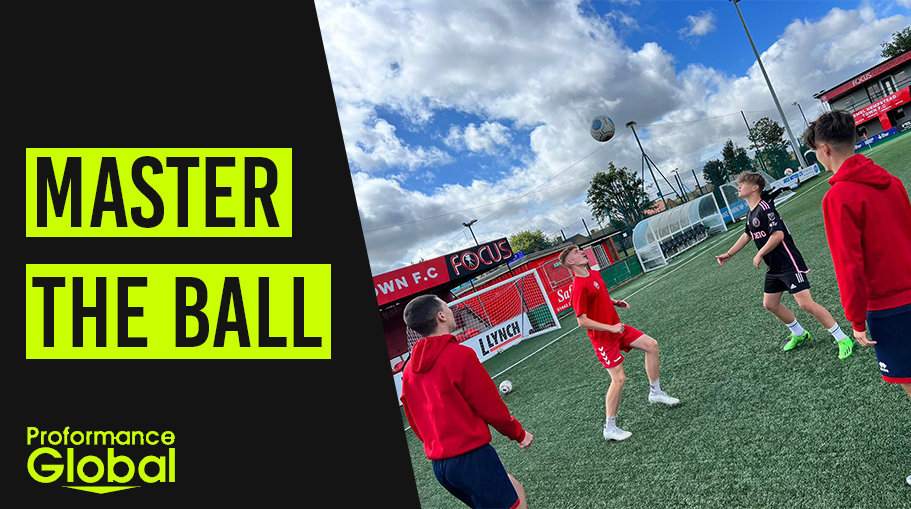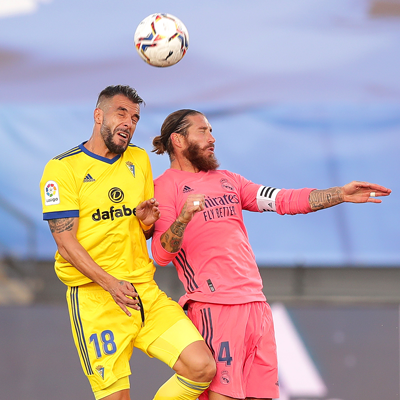In general a football coaches output is a result of the education they have received themselves. Whether that is studying Guardiola, Klopp, and Bielsa or from the geezer who used to shout at you on a Sunday morning.
Perhaps then it is hardly surprising that a lot of kids grassroots football, which is only possible due to thousands and thousands of volunteers, is a little bit old fashioned. Whilst the majority of coaches have gained some sort of qualification and also study sessions they can do with their players – still the influences of their own football experiences come through.
With coaches badges going online will the cycle ever be broken? Let’s face it, from now on, nearly every coach in grassroots kids football will have only completed online courses.
‘Get it in the mixer!’
Put it in the box. The most basic of all tactical instructions influenced by the football in England of the 1980s. I am now (well perhaps I notice it more now) seeing this carried out in the youngest of teams, a strategy to help win games, and it certainly does.
Long ball football from a kids perspective is pumping it up the field, away from danger, hoping for a mistake from the other team. What is being missed though is, the lack of fun for the kids playing, and the lack of touches for all involved.
Sure there is more than one tactic to use, some teams like to pass, pass, pass, others like to stay on the ball. Essentially getting it in the mixer is a tactic that works. But I was under the impression that youth football was about development and not just winning. Not just developing skilled players who can play in the Premier League, but also developing a child’s love for sport, a love for social improvement, leadership skills, problem solving…. pretty much all of this bi-passed by lumping it long.
At the youngest ages, you see a little bit of long ball football, but kids are too honest at U7 and U8, the fact football is not competitive in England, generally means you do see some attempts at skills and passing. As you enter competitive football though the desire to win does seem to start to take over… Whilst even the players will feel the joy of winning, that is a short term fix, for a long term problem.
With hundreds of thousands of children dropping out of youth football at 16, it’s important not to always look at the result as success, we all have different motivations, but I would suggest one we should all have in common is equipping young people with the tools to continue to play. The confidence and ability to have the football and not panic into just lumping it long.
So how can we combat ‘long ball’ football?
The rules of the game give you one huge counter. Offside.
If the aim of a long ball is to lump it up there and see what happens. Revel in the chaos. Look for a mistake. Then ensuring this happens around the half way line gives you a chance to react to the second ball (the next touch!).
In general the most common long ball will come from the keepers hands, but also defenders when they have time and space, so get your team up the field, start with a high line. I would say you often find teams who like to play it long play on a small pitch, so that might be a clue on arrival.
As well as starting high, I have already mentioned a long ball is played from a defender in space, so this is why it is important to press. The most effective way to counter the long ball is to not let it happen in the first place. As your team are high up the field, your attacking players can now press quickly, do not allow time for an accurate long ball. The attackers need to work as a team though, this is where going man to man in the press can be really effective. This includes pressing the keeper. If the team you are playing against are focused on playing long balls it is unlikely they are not dribblers so the pressure will likely panic your opponent.
The third way to counter the long ball is with your defensive organisation. Italian football of old will give you the answers. One player will go and attack the long ball while the rest of the defensive line drop to clear up what happens next. Your midfield should also be alert, they hopefully will be the players who pick up the second ball (next touch), if your defender wins it.

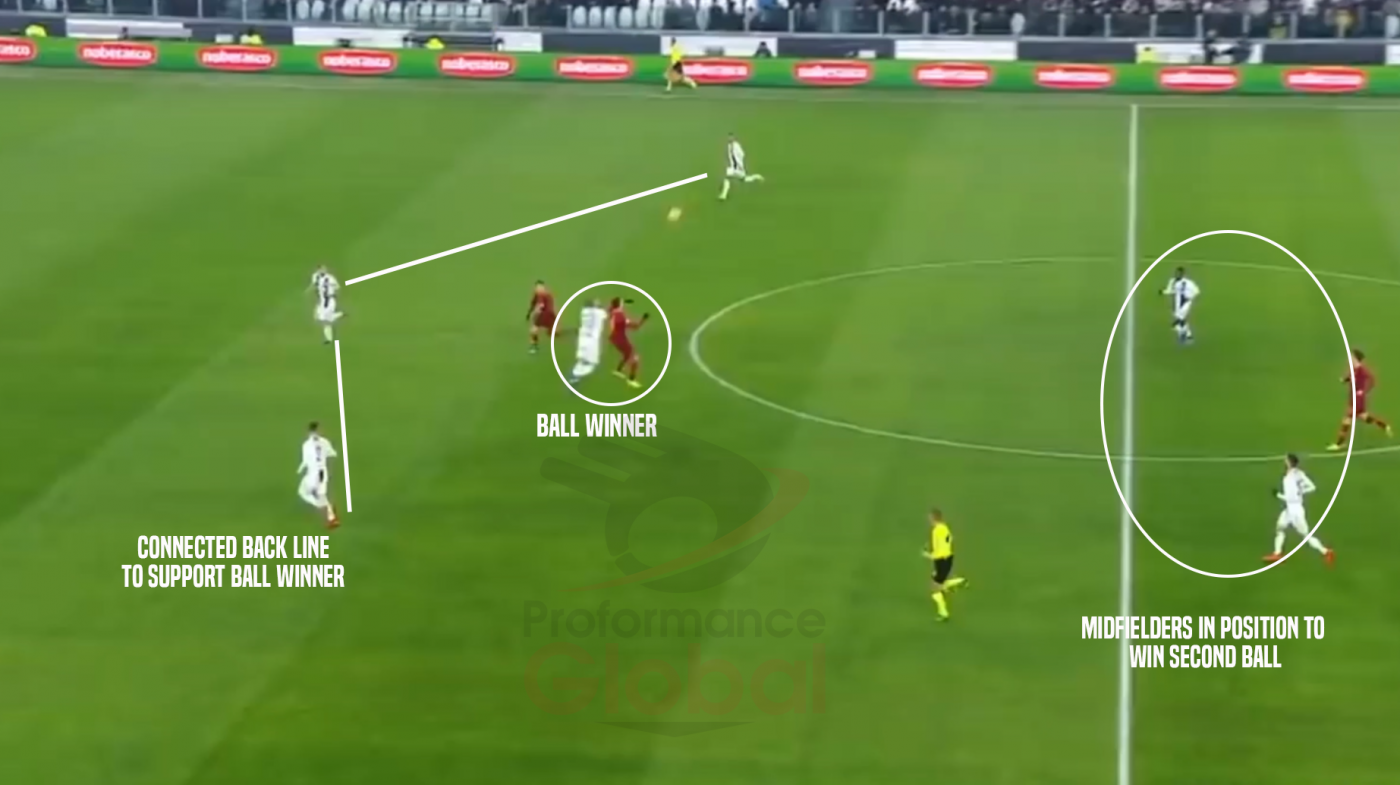

So the top tips are
- Close the Source – Press the ball / win the duel.
- Cover – Defenders must support each other.
- Second ball – the aim is to get control of the next action.
What about winning the ball? It’s all well and good saying, play high up, press, be organised, but if a team spends their whole game trying to kick it long it’s probably inevitable they will get one over the top. So what next? Do you have to win the header? In grassroots football, especially the young years, heading is discouraged. Personally I wouldn’t want to spend hours on the field with repetition of heading. But actually winning the header is not always the key.
Stopping your opponent controlling the ball and winning the second ball is probably the key, especially if you are high up the pitch i.e. you have time to recover.
So the defender who is going to win the ball must be physical, not foul, but there should be fair contact. This pressure will be enough to stop the opponent having his own way. Giving your team the chance to control the second ball (the next touch!).
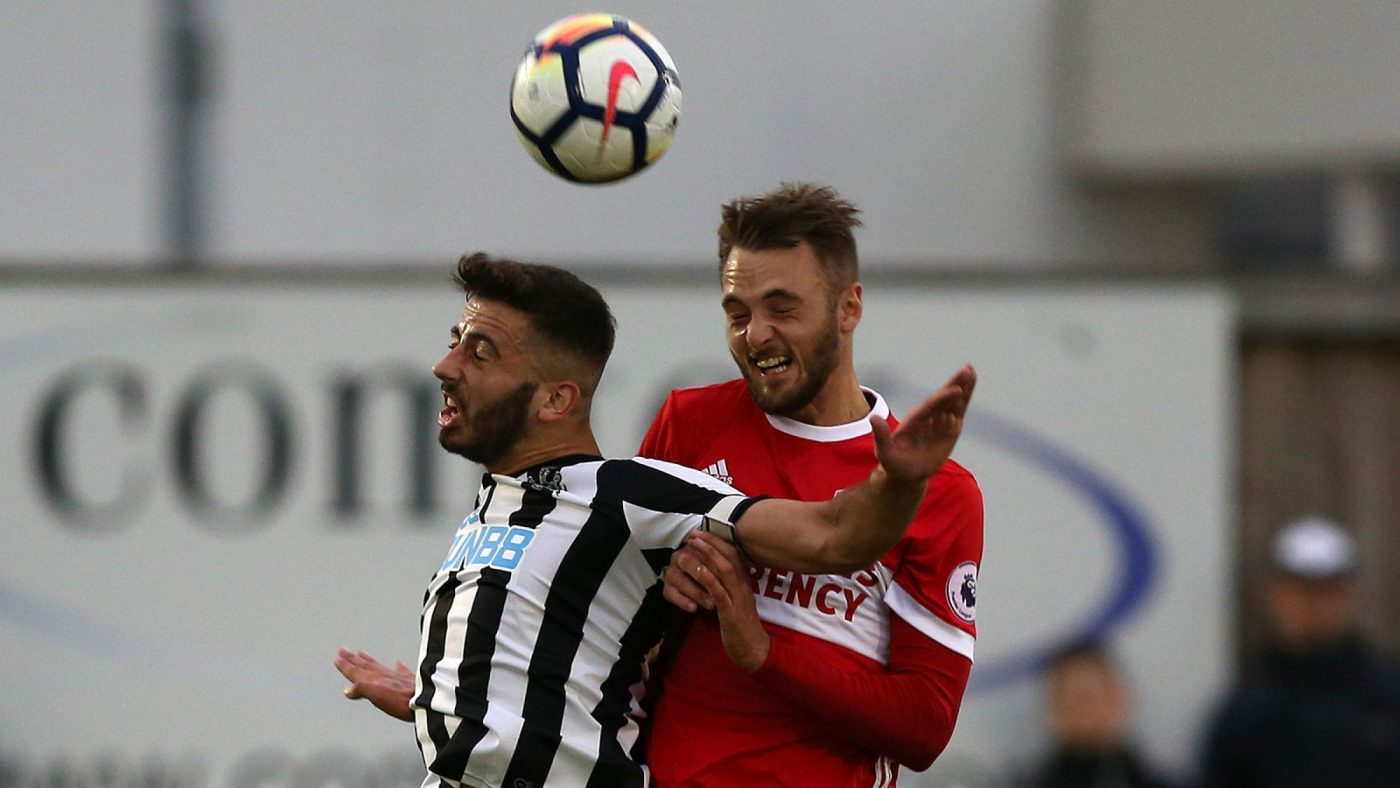
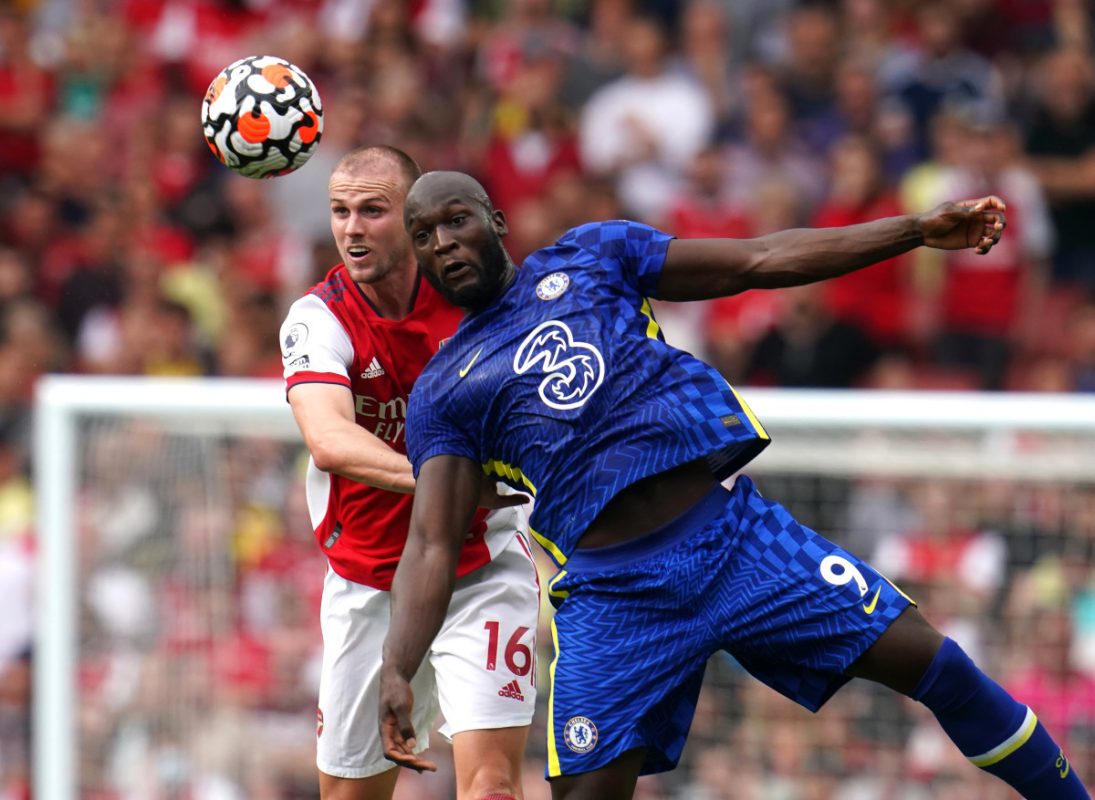
Whilst you’re now set to counter the long ball you’re also helping the game of football progress and hopefully will start to stop teams (especially young kids) spending their time on whacking it up there and getting it in the mixer!
